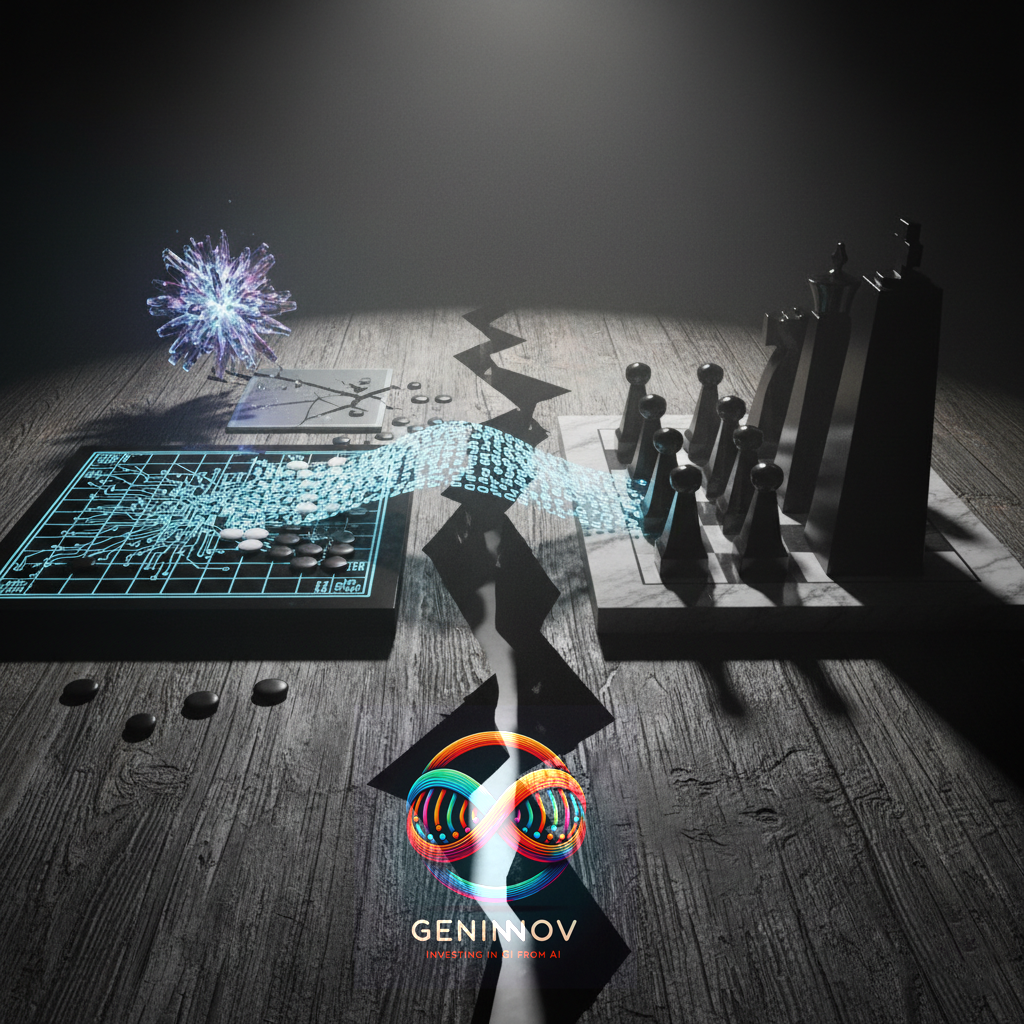As the AI revolution gains momentum, it's ushering in a significant shift from the pervasive service-oriented XaaS models to a renewed emphasis on hardware. This massive change, subtly heralded by Microsoft's first-change-in-decades (https://bit.ly/3RDNE0o) introduction of an AI-specific key on Laptop keyboards today, will create Blackberry-like existential risks for some of today’s hardware and XaaS winners. They will spark more than a mere upgrade cycle for the winners. This is not all going to happen in 2024, but we are getting started quickly.
Reflecting wistfully on the decades around the turn of the millennium, consumers were continually adapting to new devices - a vivid parade of technological marvels from PCs, laptops, iPods, and BlackBerrys to game consoles, digital cameras, and more. This era was defined by the excitement of embracing entirely new forms of technology, something we have been sorely missing for the last decade, where few remember buying radically new, great gadgets. We have been in the world of version changes, mostly, which is most reflected in the fact that hardly any new “hardware” word has entered our lexicon since the iPad.
The demand for advanced computational power is intensifying, especially as generative AI fosters a shift towards multimodal consumer interactions. This necessitates hardware supporting diverse and complex AI tasks, from intricate data analysis to personalized user experiences.
Innovations like Field Programmable Gate Arrays (FPGAs) and Tensor Processing Units (TPUs) are at the forefront of this transformation, offering specialized capabilities to optimize AI model processing. These advancements are reshaping the technological landscape to meet the escalating demands of AI applications.
The move to the edge is a risk for the cloud industry, too. GenAI-related processing share is nearly 100% with the hyperscalers, as of now, and this could decline massively in the next few years.
While a variety of new form factors, existing device reconfigurations, and completely new types of devices are likely ahead, the biggest excitement from the multi-modal and generative nature of the current revolution is when we start seeing consumer-end, affordable humanoids. That revolution is also coming.



